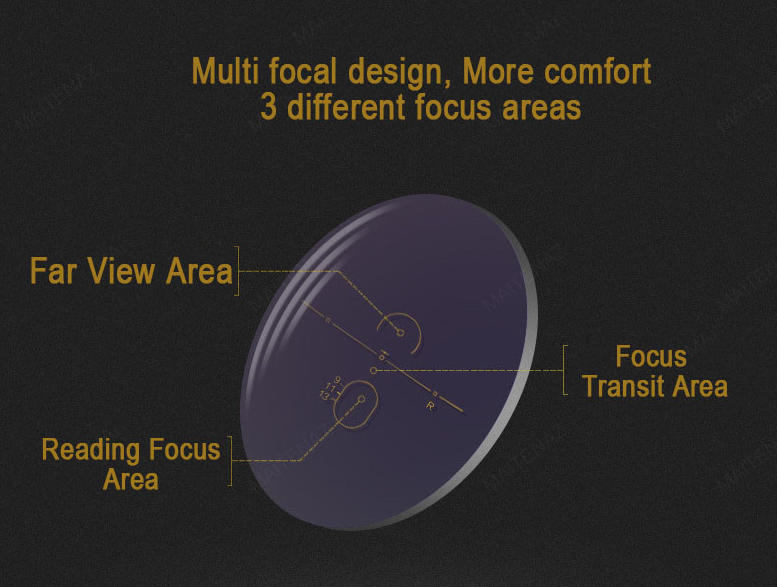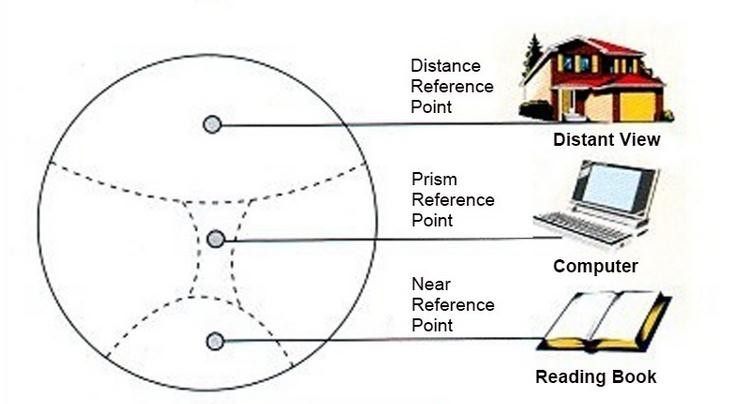what is progressive lens?
Progressive lenses are a type of eyeglass lenses that provide a smooth and seamless progression of several vision correction powers within a single lens. They are also known as no-line bifocals or varifocal lenses.
Unlike traditional bifocal lenses that have a visible line separating the distance and near vision correction areas, progressive lenses have a gradual transition between the different power regions. This transition zone allows wearers to see clearly at all distances without the abrupt shift in visual correction.
Progressive lenses can be customized to meet the specific needs of an individual. The design takes into account the distance between the eyes, the angle of the frame, and the prescription requirements of the wearer. The lenses are made using computerized technology to ensure precision and accuracy in the progressive zones.
However, it may take some time to adjust to progressive lenses due to the different correction powers, and some people may experience distortion or peripheral blurriness until they get used to them. Additionally, progressive lenses can be more expensive than traditional bifocal or single vision lenses.

The advantage of progressive lens
The main advantage of progressive lenses is that they offer a seamless and natural vision correction solution for people with presbyopia (a condition where the eye's ability to focus on nearby objects gradually declines with age).
Here are some other advantages of progressive lenses:
Clear vision at all distances: Progressive lenses provide a smooth and uninterrupted transition between distance, intermediate, and near vision. This means wearers don't have to switch between multiple pairs of glasses, which can be inconvenient and impractical.
No visible line: Unlike traditional bifocal lenses, progressive lenses do not have a visible line that separates the different corrective powers. This makes them more aesthetically pleasing and eliminates the stigma that is sometimes associated with bifocal glasses.
Customizable: Progressive lenses can be customized to fit the individual needs of the wearer. The design can be adjusted to the frame style and size, and the prescription can be optimized for the person's visual needs.
Improved peripheral vision: Progressive lenses provide a wider field of view than traditional bifocal lenses, which can help with activities like driving and sports.
Overall, progressive lenses are a popular choice for people who need multifocal vision correction because they provide clear, natural vision at all distances and eliminate the need for multiple pairs of glasses.
What kind of people are progressive lenses suitable for
Progressive lenses are suitable for people who have presbyopia, which is a common age-related condition that makes it difficult to focus on near objects. Presbyopia typically develops in people over the age of 40 and is caused by a gradual hardening of the eye's lens.
Progressive lenses are also suitable for people who need correction for both near and far vision, as they provide a seamless transition between different lens powers. This makes them a good choice for people who have a range of vision needs, such as those who work on computers for extended periods and also need to see objects at a distance.
It is important to note that progressive lenses may not be suitable for everyone, particularly those who have certain eye conditions or visual impairments. It is important to consult with an eye care professional to determine whether progressive lenses are a good option for your particular needs.

Post time: Feb-22-2023
